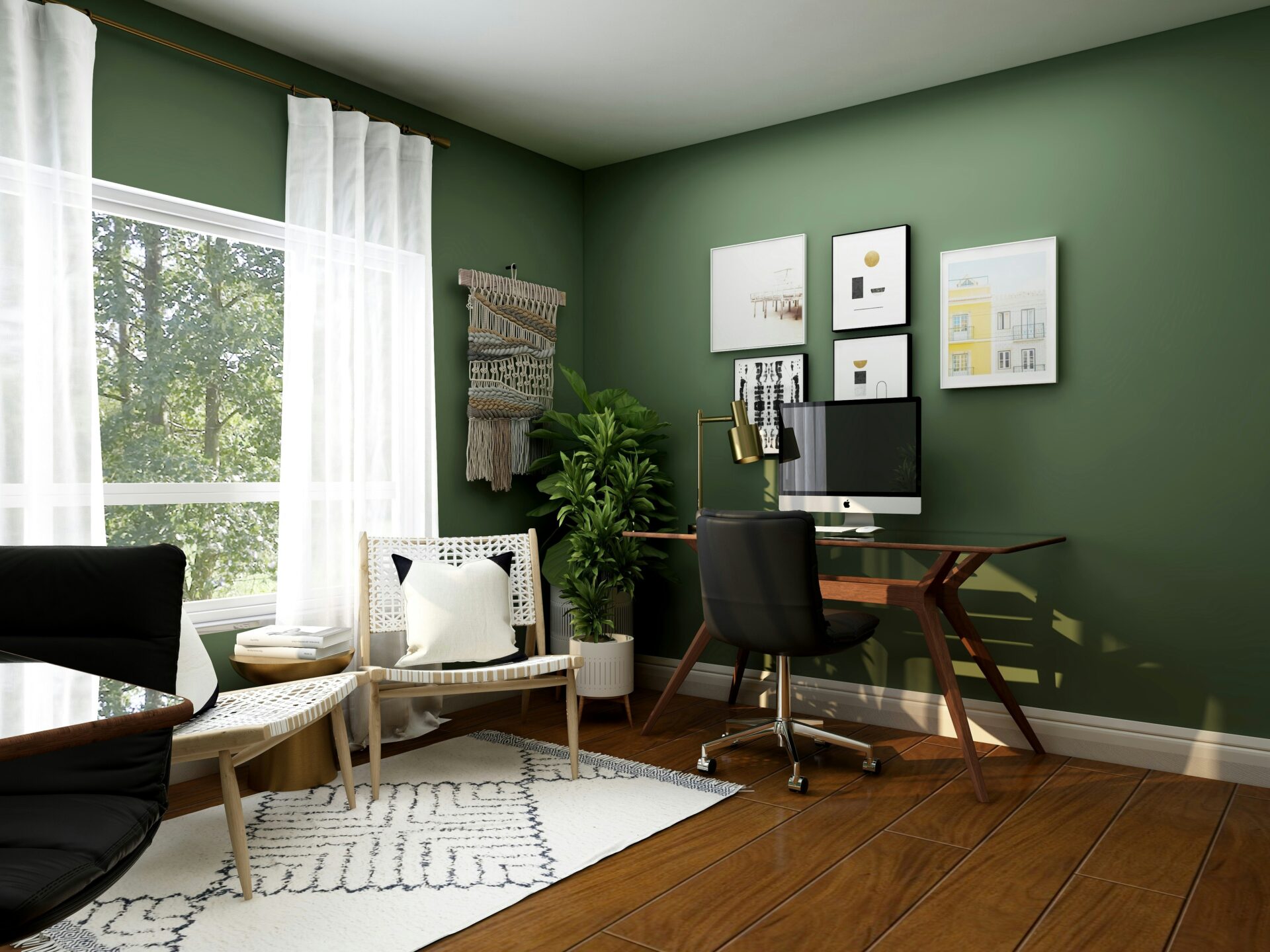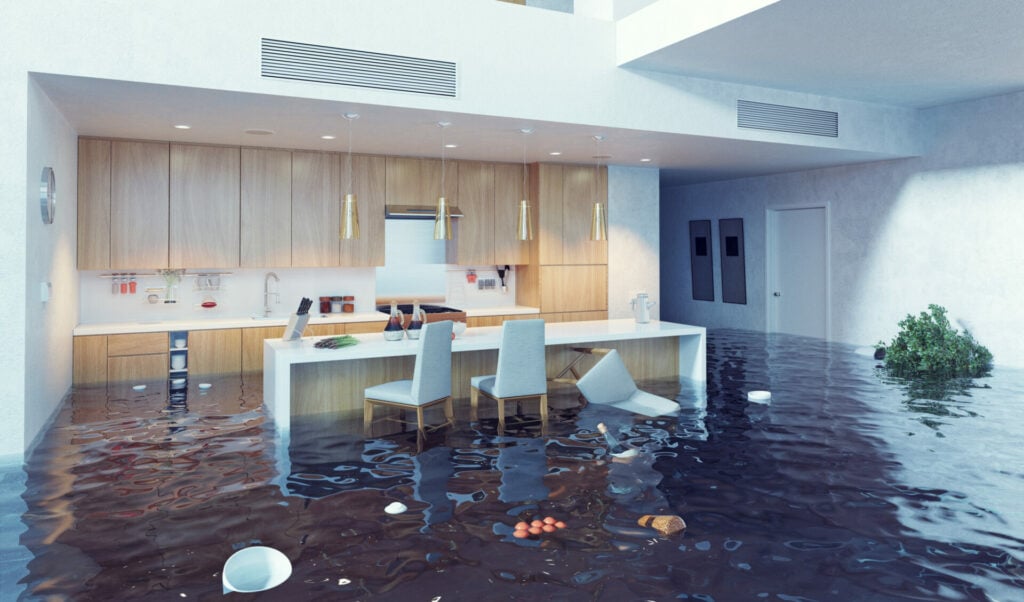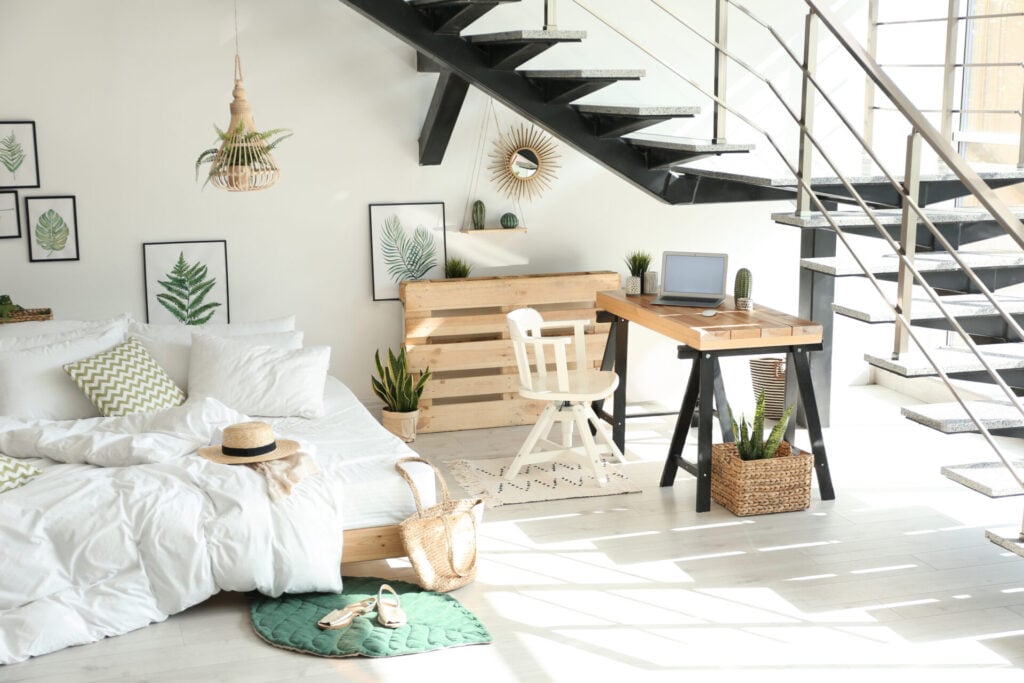Remote work may have freed us from the daily commute, but it’s turned our homes into round-the-clock offices, and in the heat, that can feel stifling. Between laptops humming, air conditioners struggling, and sunlight streaming through windows, staying cool and focussed without racking up energy bills is no small feat. The good news is that a few smart, sustainable summer home upgrades can transform your space into a calm, eco-friendly work haven.
These summer home improvements are designed to keep remote workers comfortable, focused, and stress-free.
1. Keep Your AC in Top Shape
A reliable air conditioner is the foundation of a comfortable summer home office, but it doesn’t have to come at the planet’s expense. An inefficient AC not only drains your productivity but also your energy bills, and your carbon footprint. Signs like warm air blowing through vents, unusual noises, frequent cycling, or a sudden spike in electricity bills are clues it’s time for repairs or a replacement. For remote workers surrounded by heat-producing devices, an energy-efficient AC system is a must.
Calling in a top Babylon air conditioning company ensures the system gets professional attention, whether it’s routine maintenance or a complete installation. Having a dependable AC unit means you can focus on your tasks without worrying about the temperature inside your home.
2. Upgrade Insulation for Consistent Comfort
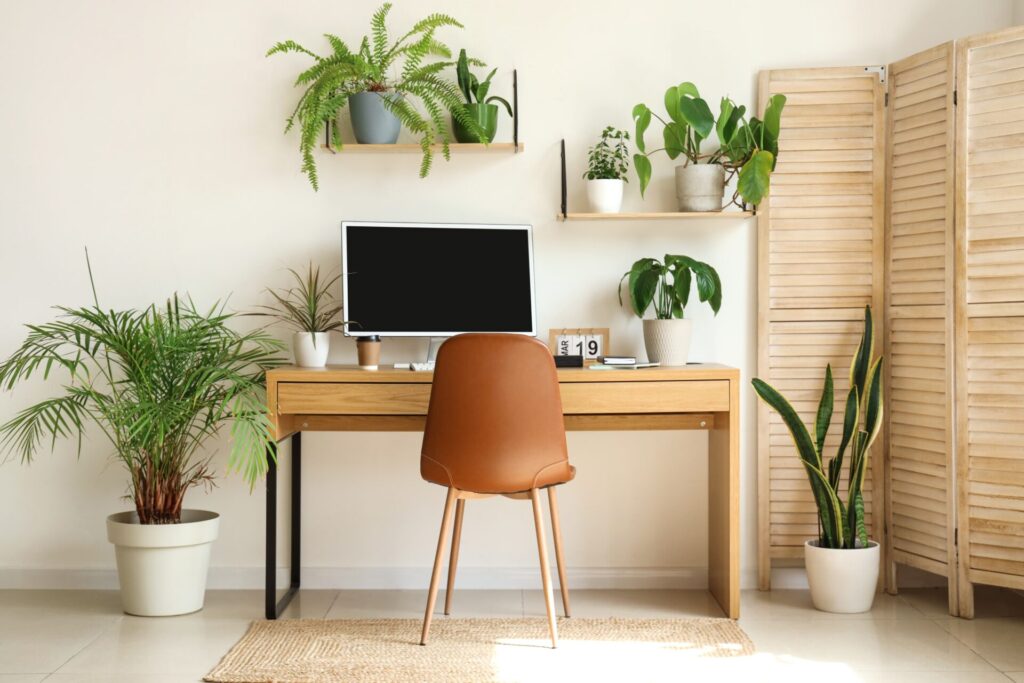
Even the greenest cooling system will struggle if your home is poorly insulated. Good insulation keeps cool air inside and summer heat where it belongs, outside. For remote workers, that means a steadier, more comfortable environment and fewer interruptions to your flow. Sealing gaps in walls, upgrading attic insulation, or adding weather-stripping around doors and windows all reduce wasted energy. Even simple swaps like thermal curtains can block direct sunlight and prevent rooms from overheating. These small changes not only ease the burden on your AC but also cut carbon emissions and keep energy bills in check.
3. Invest in Energy-Efficient Windows
Older windows often allow a lot of heat to seep into the home. If you have single-pane glass, chances are much of your cooled air is escaping while outside heat pours in. Energy-efficient windows, especially those with double or triple panes, provide better insulation while still letting in natural light. For remote workers, this is a win-win because it keeps the space bright and inviting without becoming uncomfortably warm. The long-term savings on energy bills also make this an investment worth considering. Replacing outdated windows may seem like a big project, but it creates a lasting difference in how comfortable your home feels in the summer.
4. Create a Dedicated Cool Workspace
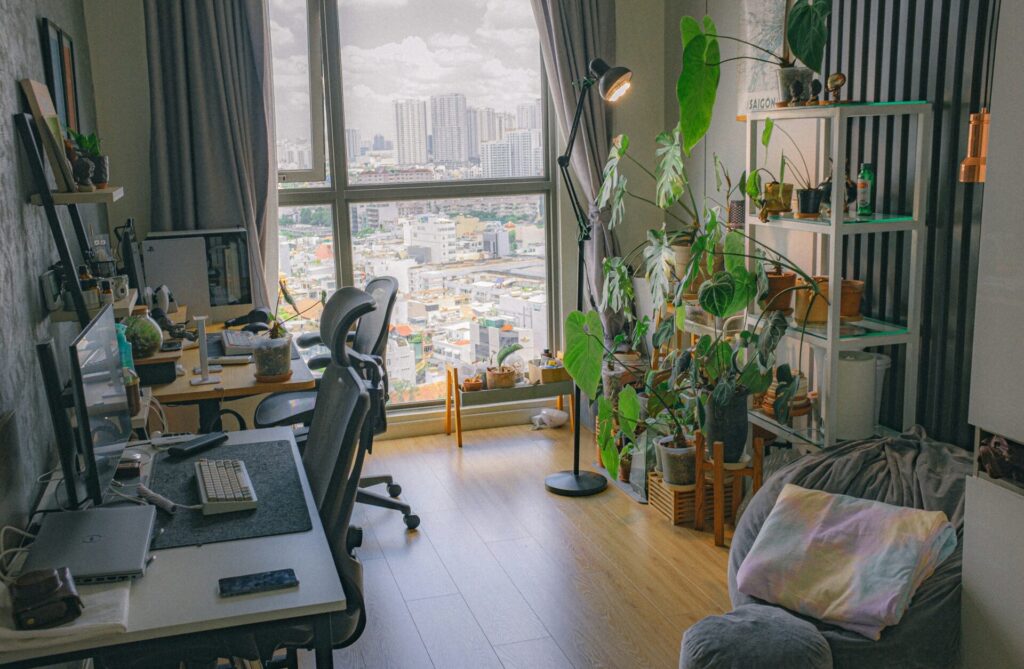
Not every corner of your home needs to stay perfectly chilled, but your workspace should always feel comfortable. Setting up a dedicated office space allows you to focus your cooling efforts where you spend the most time. This can include adding a ceiling fan for circulation, using a portable cooling unit, or simply choosing a room with good natural airflow.
Having a space designed specifically for work reduces distractions and helps separate professional time from personal time. Remote workers also benefit from the reduced strain on their main AC system when only one or two rooms are cooled intensively rather than the entire home, a small change that lightens your energy bills and your carbon footprint.
5. Use Smart Thermostats for Better Control
Smart thermostats are a simple but powerful tool for creating a balanced work environment. These devices allow you to set schedules so your office is cooled during work hours and energy is saved when you are off the clock. Many models can even be controlled remotely from your phone, letting you adjust settings before you start your day. For remote workers, this means staying comfortable without constantly worrying about high energy costs.
6. Add Shade Where It Matters
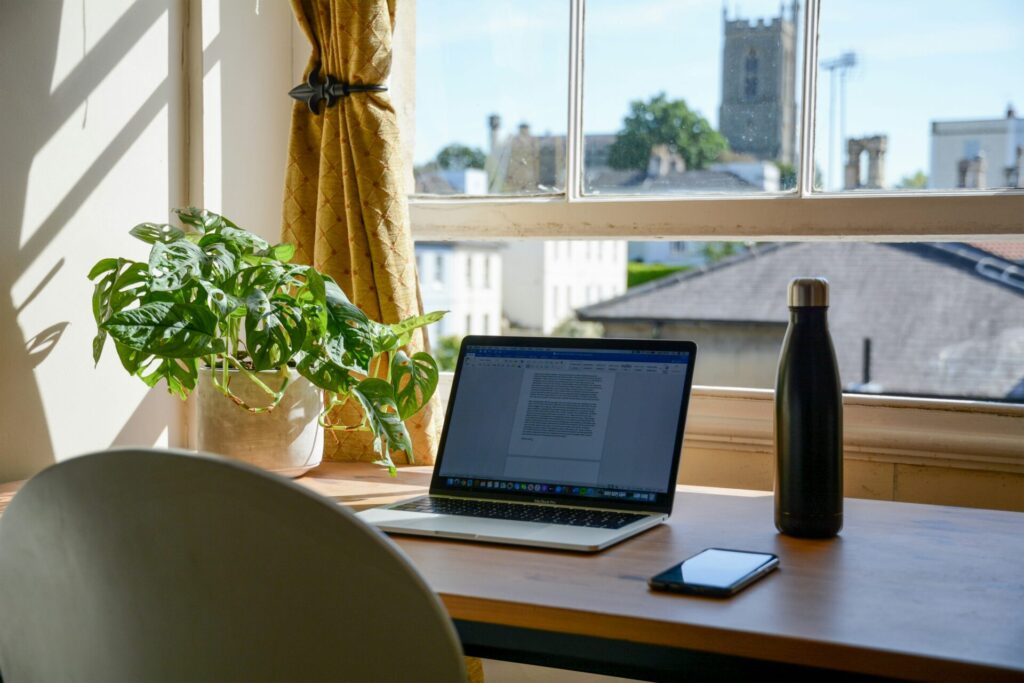
Direct sunlight streaming through windows may brighten your home office, but it also raises indoor temperatures quickly. Without proper shading, your air conditioner has to work harder, leading to higher energy costs and a larger carbon footprint. Adding blinds, curtains, or reflective window films is an easy step that immediately reduces heat gain. Outdoor options such as awnings or shade sails can also shield windows from the sun’s intensity. For remote workers, effective shading lowers the temperature while reducing screen glare during video calls and online meetings. The result is a workspace that feels calmer and more comfortable throughout the day.
7. Upgrade to Energy-Efficient Appliances
Every piece of office equipment contributes to the overall temperature of your home. Computers, printers, and other electronics release heat while in use. Outdated appliances tend to consume more electricity and generate more heat than modern, energy-efficient alternatives. By upgrading to devices designed to use less power, you can lower your energy costs, the temperature in your workspace and your carbon footprint. For example, energy-saving monitors and laptops run cooler and last longer without overheating. Over the course of a workday, these upgrades make a noticeable difference, especially for remote workers relying on multiple devices at once.
8. Bring in Indoor Plants

Adding plants to your home office does more than create an inviting environment. Certain indoor plants help regulate humidity by releasing moisture into the air, making the space feel cooler and fresher. They also improve air quality, which can reduce the fatigue and sluggishness that sometimes come from spending too much time indoors. For remote workers, the presence of greenery also creates a sense of calm and reduces stress, which supports better productivity and well-being during long summer days.
9. Consider a Whole-Home Energy Audit
While individual upgrades go a long way, sometimes the most effective improvements come from looking at the bigger picture. A whole-home energy audit evaluates how well your house handles cooling, from insulation and windows to airflow and appliances. Professionals can pinpoint where energy is wasted and recommend targeted solutions that maximise efficiency. This process helps prioritise the changes that will have the most impact, whether that’s sealing ducts, replacing outdated systems, or improving insulation.
10. A Cooler Summer Home Workspace
Remote work makes your home both a living space and a professional environment, which means upgrades are not just about comfort but also about sustaining productivity. Summer improvements allow you to create an office that adapts to your needs. The effort you put into preparing your home now pays off not just in cooler workdays but also in reduced stress, better health, and long-term financial and environmental savings.

